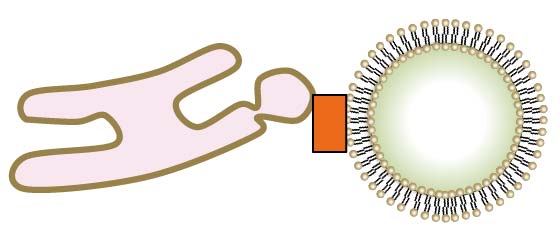Detail information of Complex
Basic Information:
| Complex ID | CMCS00014 |
| Complex | MOSPD2; STARD3 |
| Subunit Number | 2 |
| Membrane Contact Site |
ER-Endosome; Endosome-ER

|
| Species | Human |
| Identified PPI in BioGRID | MOSPD2-STARD3(LTP) |
Subunit Information:
| Subunit | Symbol | Uniprot ID | Subcellular location | More |
| subunit:1 | MOSPD2 | Q8NHP6 | ER | more |
| subunit:2 | STARD3 | Q14849 | Endosome | more |
References:
| Pubmed ID | 29858488 |
| DOI | 10.15252/embr.201745453 |
| Description | Consequently, MOSPD2 and these organelle‐bound proteins mediate the formation of contact sites between the ER and endosomes, mitochondria, or Golgi.; ll these proteins, by binding VAP proteins, are known to build contact sites between the ER and endosomes (STARD3, STARD3NL, ORP1L), mitochondria (PTPIP51), and Golgi (STARD11). |
| More related results |
| Pubmed ID | 33124732 |
| DOI | 10.15252/embj.2019104369 |
| Description | The endoplasmic reticulum possesses three major receptors, VAP‐A, VAP‐B, and MOSPD2, which interact with proteins at the surface of other organelles to build contacts; a novel type of FFATs that we named Phospho‐FFATs (illustrated here with STARD3), which strictly depend on phosphorylation to be active. Thus, phosphorylation acts as a switch mechanism to turn on the interaction between VAPs/MOSPD2 and their partners possessing a Phospho‐FFAT, and thus membrane contact site formation. |
| More related results |